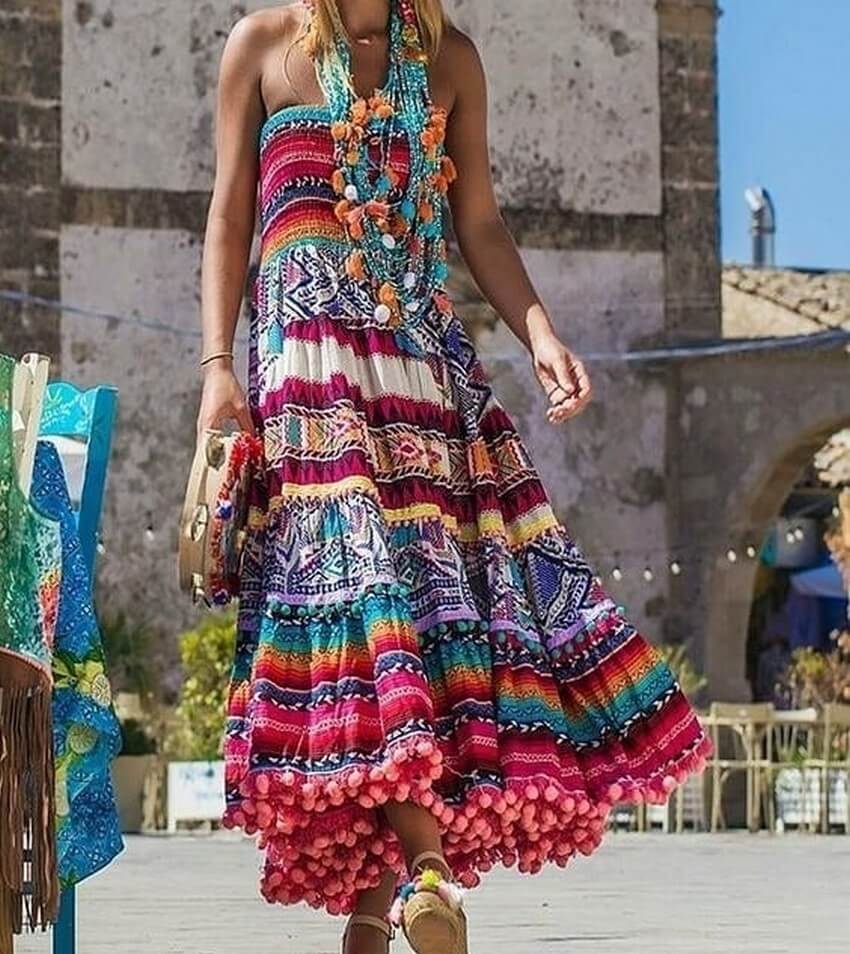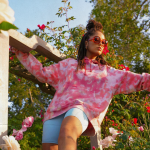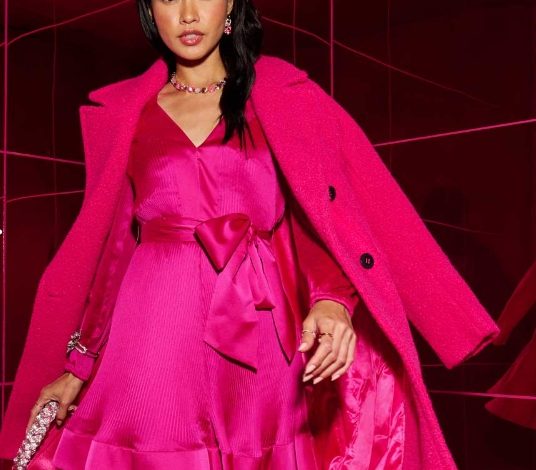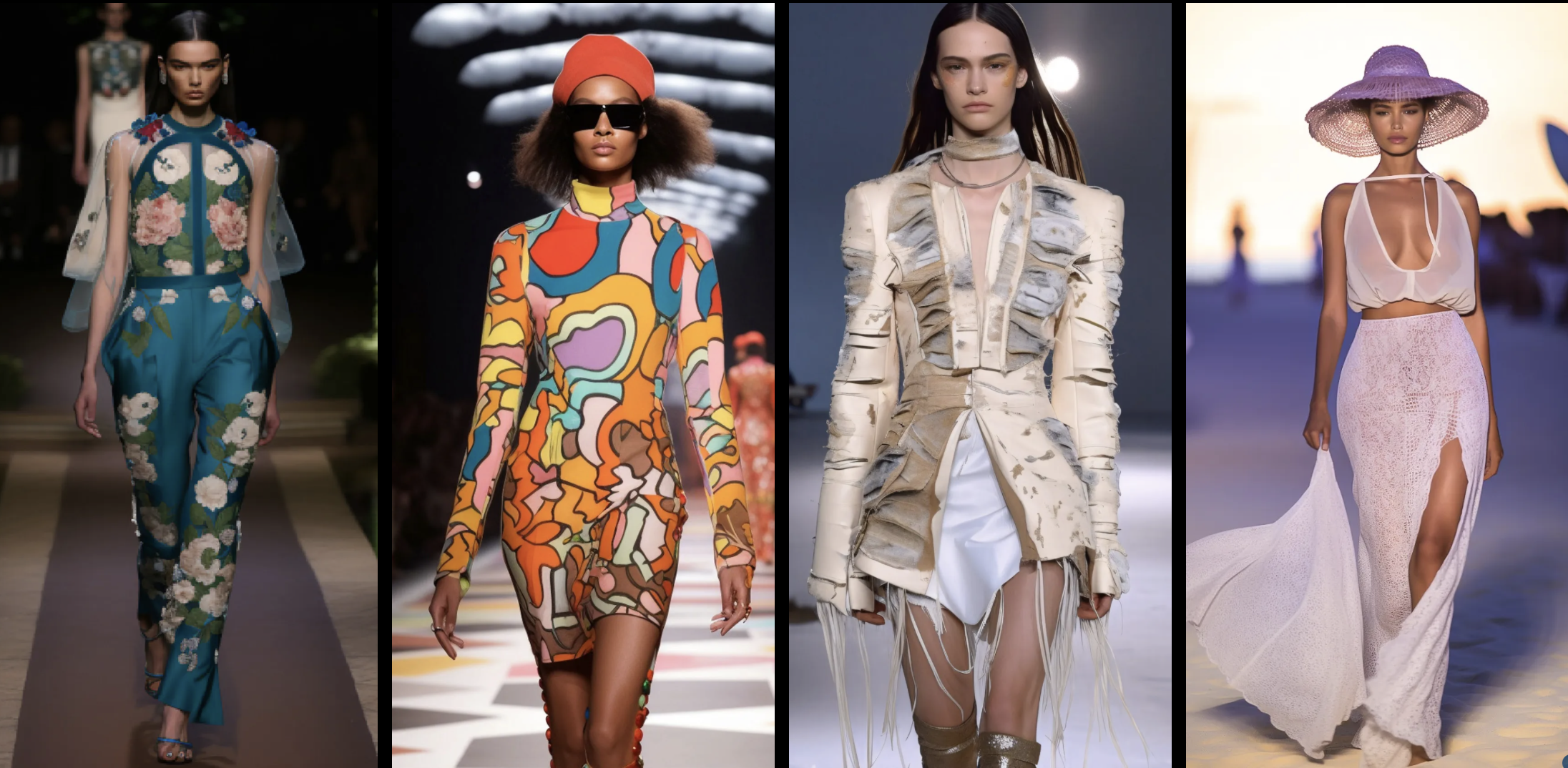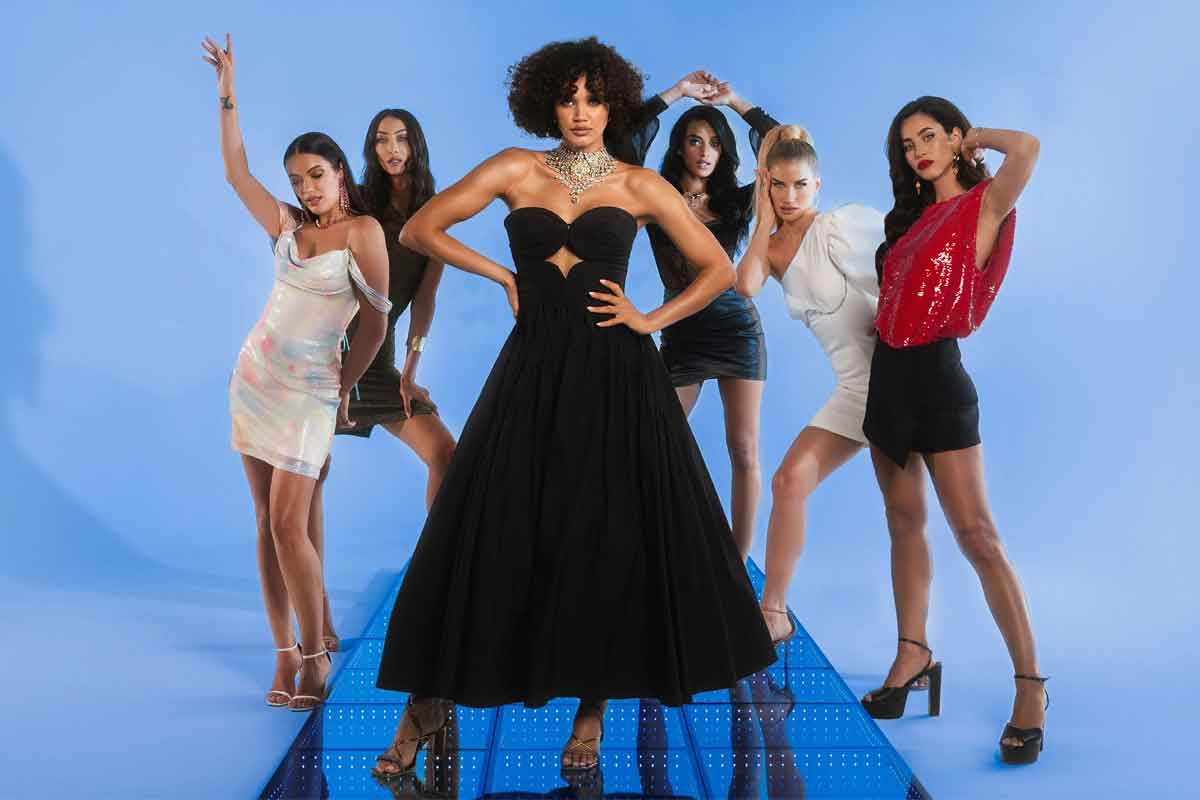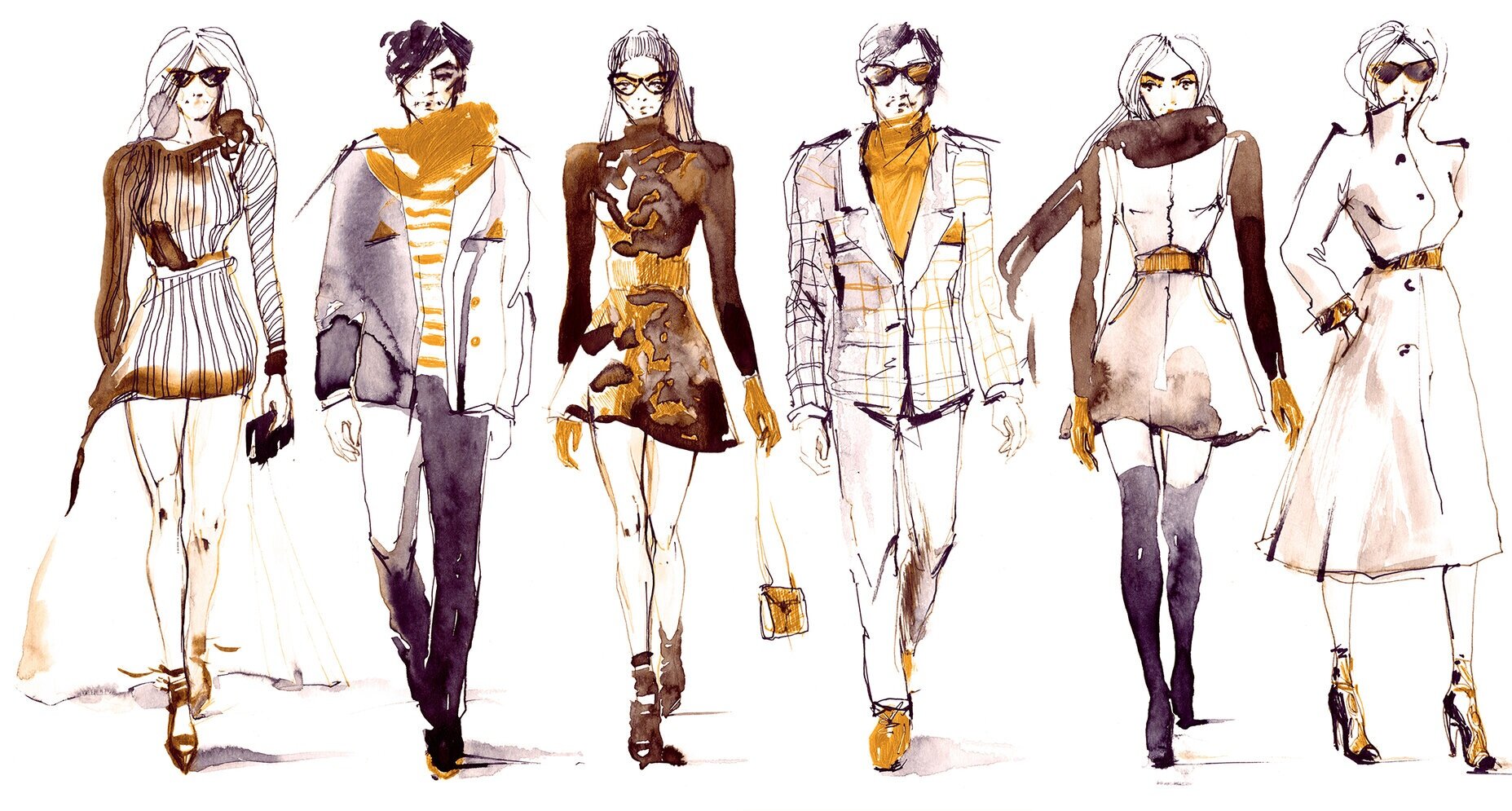
Fast Facts: Unpacking Subversive Fashion
When it comes to fashion, we often think of glamorous runways, trendy clothing, and stylish accessories. But what if I told you that fashion can also be used as a powerful tool for subversion, rebellion, and social change? Yes, fashion has the ability to challenge norms, push boundaries, and make powerful statements. In this blog post, we will delve into the world of subversive fashion, exploring its history, cultural impact, and how it has influenced modern society.
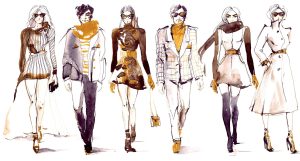
Subversive fashion can be traced back to different periods in history where individuals used clothing as a means of expressing their dissent and pushing against societal norms. Take, for example, the punk movement of the 1970s. Punk fashion was characterized by ripped clothing, safety pins, leather jackets, and bold hairstyles. It was a direct rejection of the mainstream fashion standards of the time, challenging traditional notions of beauty and conformism. The punk fashion movement became a symbol of resistance, and even today, its influence can be seen in various subcultures and fashion trends.
Another impactful moment in the history of subversive fashion was the emergence of the feminist movement in the 1960s and 1970s. Women started to challenge restrictive clothing and embraced more comfortable and practical garments. The bra-burning movement, though often misunderstood, was a symbolic act of defiance against societal expectations. Women wanted to be seen as more than just objects of desire, and fashion became a means of asserting their agency and demanding equal rights.
It’s important to acknowledge that subversive fashion is not limited to a particular era or movement. Countless subcultures and marginalized communities have used fashion as a way to reclaim their identities and challenge the status quo. For example, drag culture, with its flamboyant, larger-than-life outfits, challenges traditional gender norms and celebrates diversity. The ballroom scene, made famous by the documentary “Paris is Burning”, is another subculture where fashion is used to express creativity, individuality, and defiance in the face of societal marginalization.
In recent years, the rise of social media has expanded the reach and impact of subversive fashion. Platforms like Instagram and TikTok have given a voice to individuals who use fashion as a means of self-expression, activism, and resistance. An example of this is the rise of body positivity and the acceptance of diverse body types. Influencers and content creators have taken to social media to challenge idealized beauty standards and promote self-love. This movement has sparked a change in the fashion industry, with brands embracing inclusivity and casting models of all shapes and sizes.
But subversive fashion is not just limited to movements and subcultures; it is also being embraced by high-end designers and major fashion houses. Gucci, for instance, has been known to incorporate elements of subversion and rebellion into their collections. Their collaboration with graffiti artist Trouble Andrew, known as GucciGhost, was a bold move that blurred the lines between art and fashion. By including street art-inspired designs on luxury items, Gucci challenged the exclusivity of high-end fashion and made a statement about the democratization of art.
Subversive fashion is not without its critics, though. Some argue that it merely co-opts and commodifies the struggles of marginalized communities for profit, diluting the true meaning behind these fashion statements. Others argue that subversive fashion is nothing more than a trend, doomed to be consumed and discarded by the mainstream fashion industry. While there may be valid points to consider, we cannot deny the impact that subversive fashion has had on our society and culture.
In conclusion, fashion has proven time and time again to be a powerful means of self-expression, activism, and subversion. From the punk movement to the rise of body positivity, subversive fashion has challenged societal norms, pushed boundaries, and forced us to question the status quo. It is through these acts of rebellion and radical self-expression that we can pave the way for a more inclusive and accepting society. So, the next time you put on an outfit, remember that fashion can be so much more than just clothes – it can be a statement, a form of protest, and a catalyst for change.

